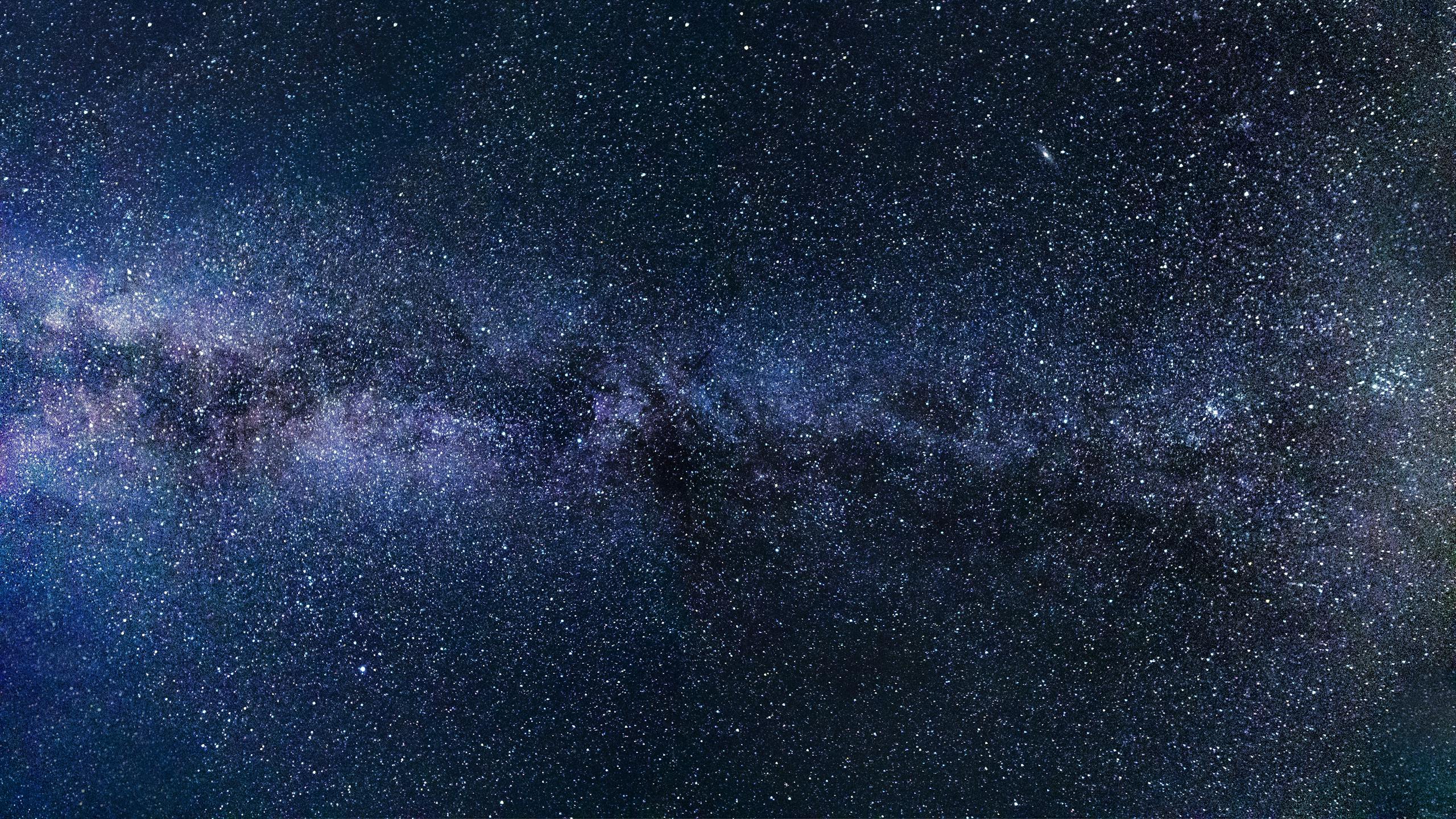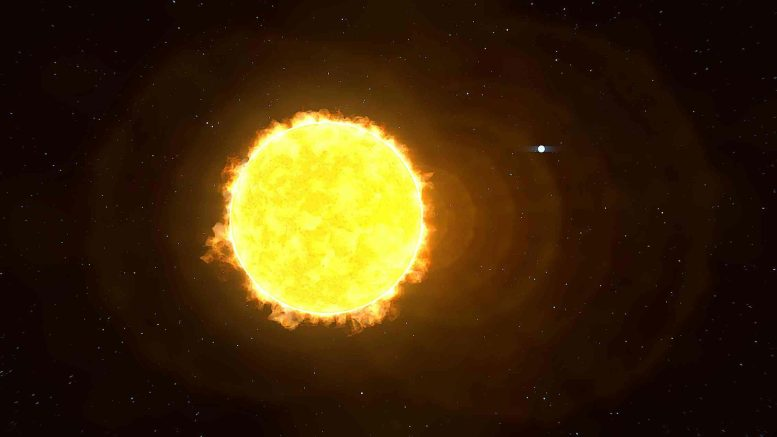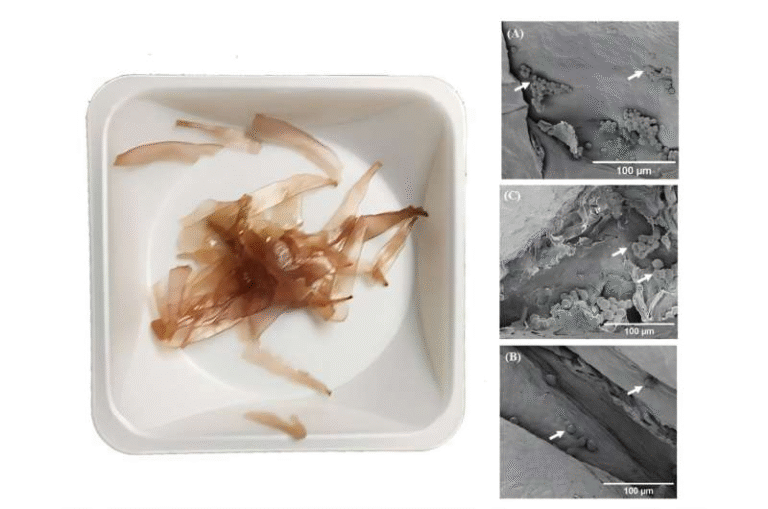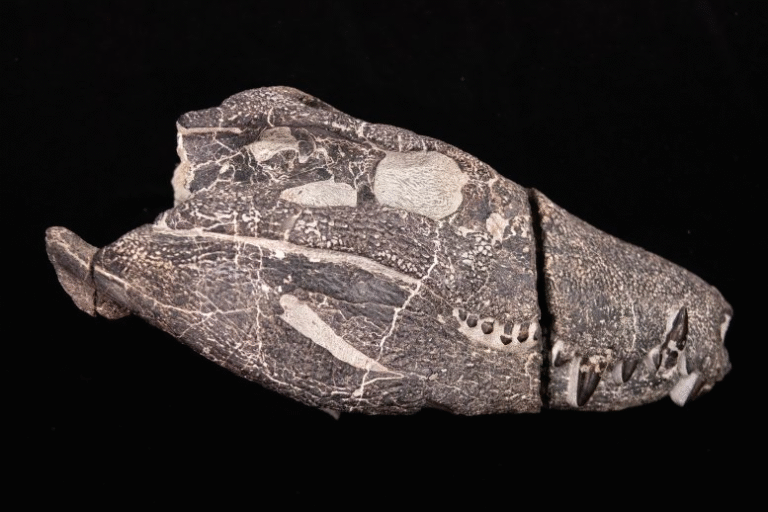When Stars Die: Can Planets Around White Dwarfs Still Support Life?

When a star like our Sun reaches the end of its life, it doesn’t explode in a spectacular supernova. Instead, it swells into a red giant, sheds its outer layers, and leaves behind a dense, cooling core called a white dwarf. These stellar remnants pack about half the mass of the Sun into a sphere roughly the size of Earth. For a long time, scientists assumed this would mean the end of the road for any nearby planets. But recent research suggests that the story might not be so simple—worlds orbiting white dwarfs could, under the right conditions, still be habitable.
In this article, we’ll go through all the details of this new study, explain what it means for the future of planets like Earth, and expand the discussion with extra background on white dwarfs, tidal heating, planetary migration, and even what the James Webb Space Telescope (JWST) could reveal.
What Happens When Stars Like the Sun Die
Stars spend most of their lives fusing hydrogen into helium in their cores. Once the hydrogen runs out, stars like the Sun swell up into red giants. During this stage, the star’s radius can grow to 10 to 100 times its original size, while its surface cools and glows redder. The star also loses a significant portion of its mass—sometimes half of it escapes into space—because the weakened gravity can no longer hold the outer layers.

Eventually, the red giant sheds all its outer material, leaving behind a white dwarf. This tiny, dense object is made mostly of carbon and oxygen, supported by the strange physics of electron degeneracy pressure. To give a sense of scale, the Sun has a radius 109 times that of Earth, but a white dwarf’s radius is only about the size of Earth itself. Yet, it still contains about half of the Sun’s mass. That makes it incredibly dense.
How Many White Dwarfs Are Out There?
White dwarfs aren’t rare at all. Astronomers estimate that there are around 10 billion white dwarfs in our galaxy today. And since every star smaller than about eight times the mass of the Sun will eventually become one, many more will appear in the future. If habitable planets can exist around these remnants, that opens up a vast new category of targets in the search for life.
The Idea of a Habitable Zone Around White Dwarfs
The habitable zone is the distance from a star where liquid water can exist on a planet’s surface—not so close that it boils, not so far that it freezes. Around Sun-like stars, this zone is located at a comfortable distance: Earth sits right in it.

But for a faint white dwarf, the habitable zone is extremely close—10 to 100 times closer than Earth’s distance from the Sun. For perspective, a planet in this zone would orbit so close to its star that the white dwarf itself would appear nearly the same size as the planet. These tight orbits come with unique challenges, particularly related to tidal heating and survival through the star’s violent earlier phases.
Tidal Heating: A Double-Edged Sword
When a planet orbits very close to a massive object, gravitational forces tug more strongly on one side than the other. This stretching generates frictional heating inside the planet, a process known as tidal heating.
We see this in our own solar system. Io, Jupiter’s innermost moon, is constantly pulled by both Jupiter and its neighboring moons. This causes Io’s interior to heat up so much that it erupts with hundreds of volcanoes. Its surface is too hot for water to exist. On the other hand, Europa, another moon of Jupiter, experiences less tidal heating. This has allowed a subsurface ocean to form beneath its icy shell, making it one of the prime candidates for life in our solar system.
For planets around white dwarfs, tidal heating is almost unavoidable because of how close they must orbit to remain in the habitable zone. In some cases, this heating might sterilize a world. In others, it could help sustain liquid water beneath the surface.
Surviving the Red Giant Phase
Even if a planet finds itself in the habitable zone of a white dwarf, there’s a catch: it has to survive the red giant stage of its host star. When the Sun becomes a red giant, it will almost certainly engulf Mercury, Venus, and Earth. That means any potentially habitable worlds must start off much farther out—around the distance of Jupiter or beyond.
But planets that far away would be frozen. To become habitable after the star turns into a white dwarf, such a planet would have to migrate inward to the new, much closer habitable zone.
Planetary Migration and the Problem of Heat
Computer simulations show that this type of migration is possible. Planetary orbits can shift dramatically due to gravitational interactions with other planets or leftover debris. A planet could, in principle, move from the outer solar system to a tight orbit around a white dwarf.
The problem is that migration itself can generate intense tidal heating. As the orbit changes, the planet is stretched and squeezed repeatedly, which may cause surface water to boil off. If this happens early—while the white dwarf is still hot and blasting the planet with high-energy radiation—the water loss could be permanent.
However, if the migration happens later, after the white dwarf cools and dims, there’s a chance that a planet could retain its water and stabilize in a habitable orbit.
Searching for Planets Around White Dwarfs
So far, astronomers haven’t discovered any Earth-like planets around white dwarfs. Detecting them is tricky. The most common method, the transit technique, looks for dips in starlight when a planet crosses in front of its star. Since white dwarfs are so small, the chances of catching such a transit are low unless we get very lucky.
That said, astronomers are testing creative approaches. In 2020, researchers found the first intact planet orbiting a white dwarf—a Jupiter-sized world called WD 1856+534 b. This discovery showed that planets can indeed migrate inward and survive close to these dead stars. Other observations have revealed debris disks and fragments of destroyed planets around white dwarfs, further proving that planetary systems remain active long after the star’s death.
What About the James Webb Space Telescope?
The James Webb Space Telescope (JWST) is particularly well-suited for studying planets around white dwarfs. Because the stars are so small, even a modestly sized planet blocks a significant fraction of their light during a transit. That makes it easier to analyze the planet’s atmosphere by studying the starlight shining through it.
If a planet orbiting a white dwarf had molecules linked to life—like oxygen, methane, or water vapor—JWST would have a good chance of detecting them.
Could Life Really Survive There?
This is the million-dollar question. In theory, yes—life could survive on planets orbiting white dwarfs, but only if several conditions are met:
- The planet must avoid destruction during the red giant phase.
- It must migrate inward without losing all its water.
- Tidal heating must be strong enough to help maintain liquid water but not so extreme that it sterilizes the planet.
- The planet’s atmosphere must be able to survive intense radiation from the young white dwarf.
If all these conditions line up, a planet could potentially host oceans and maybe even life.
A Universe Full of Possibilities
White dwarfs are the final stage for the majority of stars in our galaxy. That means there are potentially billions of systems where planets might have found a second chance at habitability. Even though none have been confirmed yet, the possibility is enough to excite astronomers. If life could arise or endure on planets orbiting white dwarfs, then the range of environments where life might exist in the universe becomes much broader than we thought.
Extra Background: What Exactly Is a White Dwarf?
- Density: A teaspoon of white dwarf material would weigh several tons on Earth.
- Cooling: White dwarfs don’t produce new energy. They simply radiate away their heat over billions of years, slowly fading into darkness.
- Commonality: Nearly every star like the Sun will eventually become a white dwarf, making them one of the most common types of stellar remnants.
- Limits: A white dwarf can’t be more massive than about 1.4 times the mass of the Sun (the Chandrasekhar limit). Beyond this, gravity would overcome electron degeneracy pressure and trigger collapse into a neutron star.
What This Means for Earth
When the Sun becomes a red giant, Earth will almost certainly be destroyed. But more distant objects—like Jupiter’s moons or the dwarf planet Pluto—could survive. Over billions of years, some of these icy bodies could potentially migrate inward toward the future white dwarf Sun. If conditions are right, they might even warm up enough to host liquid water.
In other words, while Earth may not make it, the solar system might still harbor habitable environments long after the Sun is gone.
Conclusion
The death of a star doesn’t necessarily mean the death of its planetary system. Thanks to tidal heating, orbital migration, and the delicate balance of radiation and water retention, planets orbiting white dwarfs might remain habitable for billions of years. While challenges remain, ongoing research and future observations—especially with JWST—could provide the first evidence of life thriving in these unlikely places.
The idea that life could persist around a dead star is both humbling and thrilling. It reminds us that the universe is full of surprises, and habitability may exist in places we never expected.
Research Paper: Survival of Oceans on Planets Around White Dwarfs (Becker, Vanderburg, et al., The Astrophysical Journal, 2025)





